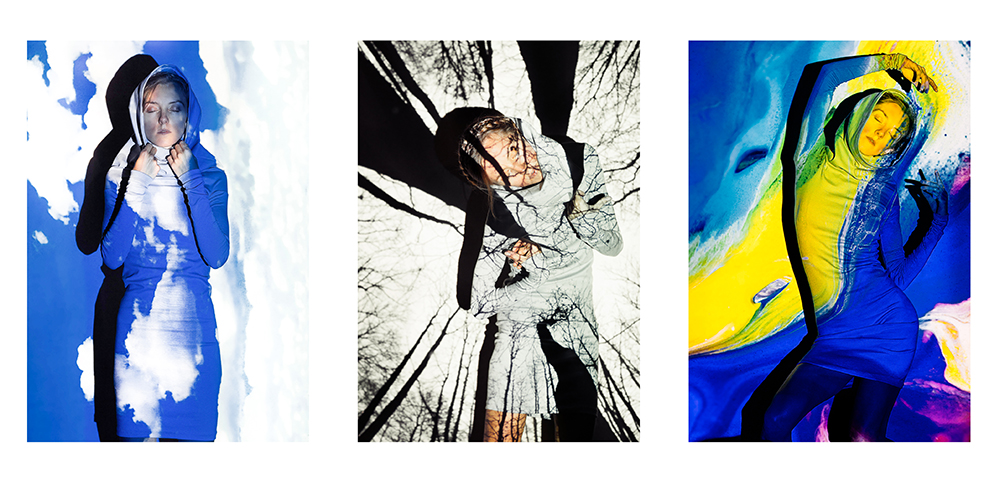When textiles gain functional properties through technology, clothes unlock the potential of interacting with human senses. Sensorial Design in the context of recent research into Neuroscience, Human-Computer Interaction and Interactive Textiles creates opportunities for changing people’s self-perception through digitally controlled stimulation in the worn material itself. Appearance and fit of clothing are known to influence people’s self-perception, however, what if this could happen implicitly? What if instead of 50 items of clothing people would need only one that feels great for each occasion? One physical clothing item could mediate thousands of (personalised) digital stimulation patterns and through that help the wearer’s self-perception to adapt to any situation at hand. To understand the implications of such phygital sensorial clothing on people, both the personal (mind and body in movement) as well as sociocultural contexts need to be considered.
Sensorial Design project was funded by the Estonian Academy of Arts artistic research grant (2021-2023). The project resulted in great variety of academic publications, design exhibitions, and other presentations.

Photo: Magic Lining (Vertigo STARTS) by Kristi Kuusk, Ana Tajadura-Jiménez, Aleksander Väljamäe; photography by Iris Kivisalu, Model: Loore.